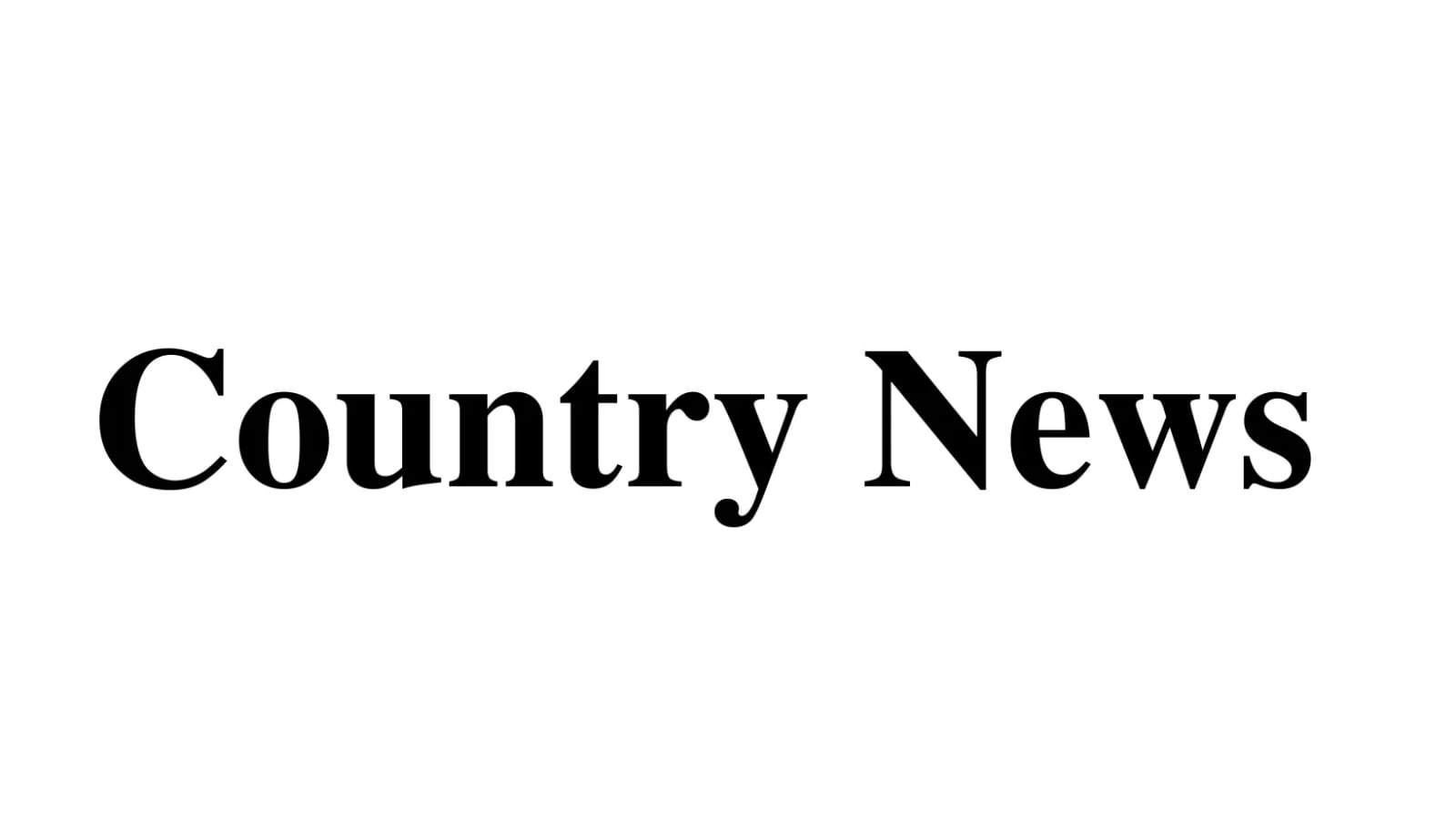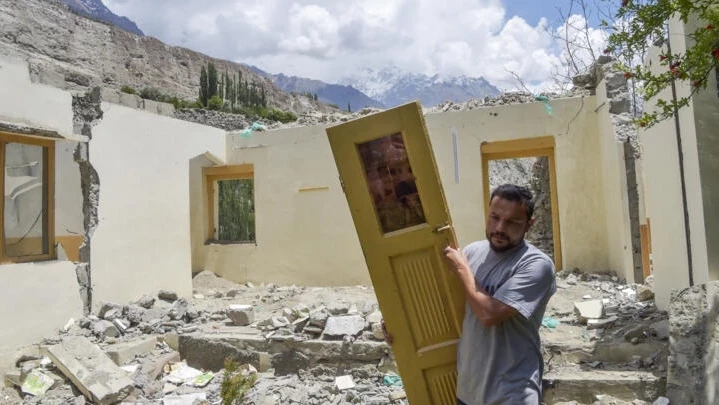Over 2m people at risk from GLOFs in Pakistan: Study
Violent flooding from glacier lakes formed or enlarged by climate change threatens at least 15 million people worldwide, including some two million in Pakistan’s vulnerable north, researchers said Tuesday.
They wrote in Nature Communications that potential glacial lake outburst floods could affect more than nine million people in so-called High Mountain Asia, including five million in northern India and Pakistan.
India and Pakistan are the most elevated independently scoring countries (1.000 and 0.701), and Sweden is the least (0.001) being profoundly uneven regions.
Around 800,000 people in Pakistan live within 15 kilometers of glacial lakes, making them one of the most vulnerable populations to GLOFs.
Overall, Switzerland and New Zealand are the least vulnerable, while Afghanistan and Pakistan are the most vulnerable (0.919 and 0.837, respectively).
Worldwide, China and Pakistan pose the greatest threat (0.863 and 0.751, respectively). Pakistan has a population that is nearly twice as exposed as China’s (2.1 million vs. 1.1 million) and is significantly more vulnerable (0.837 vs. 0.683 in China). The GLOF lake condition score in China, on the other hand, is large enough to more than make up for these differences, despite the fact that China has more lakes and a larger area (1109 lakes covering 1094.44 km2).
When all 1,089 glacial basins are ranked from most to least likely to be affected (Fig. 3), with 1.2 million, 0.9 million, and 0.1 million potential victims in Pakistan’s Khyber Pakhtunkhwa basin, Peru’s Santa basin, and Bolivia’s Beni basin, respectively, as the top three.
Despite the United Nations Development Programme’s large-scale investment (>$30 million) in GLOF vulnerability projects, the report noted that Pakistan is a GLOF danger hotspot with relatively little published research. We suggest focusing more in-depth research on the subject.
According to the study, which is the first global assessment of the areas most at risk, China and Peru are also particularly vulnerable to the risk of sudden flooding caused by melting glaciers.
According to a 2020 study based on satellite data, the volume of lakes created by melting glaciers around the world has increased by 50% in 30 years.
Since pre-industrial times, the average surface temperature of Earth has increased by nearly 1.2 degrees Celsius, but high-mountain regions around the world have warmed twice as fast.
Glacier lakes tend to be dammed by ice or sediment made of loose rock and debris, making them particularly unstable. Massive flooding can occur downstream when accumulating water breaks through these unintentional barriers.
Over the course of the past century, flooding of this kind has resulted in the loss of livestock, infrastructure, and communities, as well as the deaths of thousands of people.
Lead author Caroline Taylor, a doctoral student at Newcastle University in England, stated, “It’s not the areas with the largest number or most rapidly growing lakes that are the most dangerous.”
She explained, “Instead, the potential danger is determined by the number of people, their proximity to a glacial lake, and, most importantly, their ability to deal with a flood.”
For instance, glacier lake outburst floods have killed thousands in High Mountain Asia, but only a few in the Pacific Northwest of North America, despite having twice as many glacial lakes.
Taylor and her colleagues compared three sets of data in order to carry out the study: how many lakes are fed by meltwater, how many people live within 50 kilometers of a glacial lake basin, and how prepared communities are to deal with a disaster.
They discovered that 15 million of the 90 million people who live in 30 countries and 1,089 glacial lake basins are within one kilometer of the path that an outburst flood would take.
Comparison of vulnerability and exposure Pakistan is home to more than 7,000 glaciers in the breathtaking Himalaya, Hindu Kush, and Karakoram mountain ranges—more than any other place on Earth outside of the polar regions.
During the sustained rains that followed a two-month heat wave last summer, raging torrents from melting glaciers in northern Pakistan swept away entire villages, destroyed bridges, and tore up thousands of kilometers of roads and railway tracks.
A farmer in Peru who is 41 years old and lives in the mountains near the city of Huaraz has filed a lawsuit against the German company RWE, claiming that the company’s greenhouse gas emissions contributed to the melting of nearby glaciers.
A group of German judges went to the area last year to find out how much of a threat the expanding lake below the Palcacocha glacier is to the 120,000 people who live in the city of Huaraz.
A recent study found that even if global warming can be contained to 1.5 degrees Celsius, the ambitious Paris Agreement target that many scientists now claim is unattainable, half of the 215,000 glaciers on Earth and a quarter of their mass will disappear by the end of the century.
Glacier melt was responsible for a third of the global rise in sea level over the past century, according to previous research.

